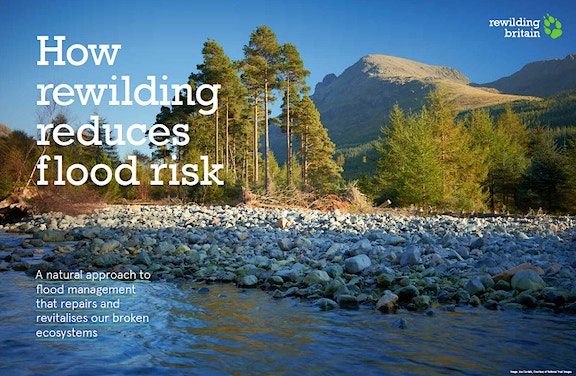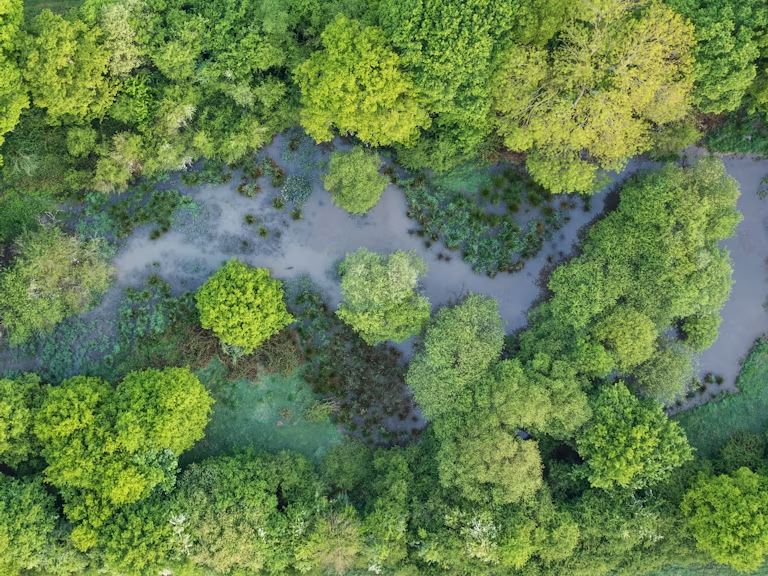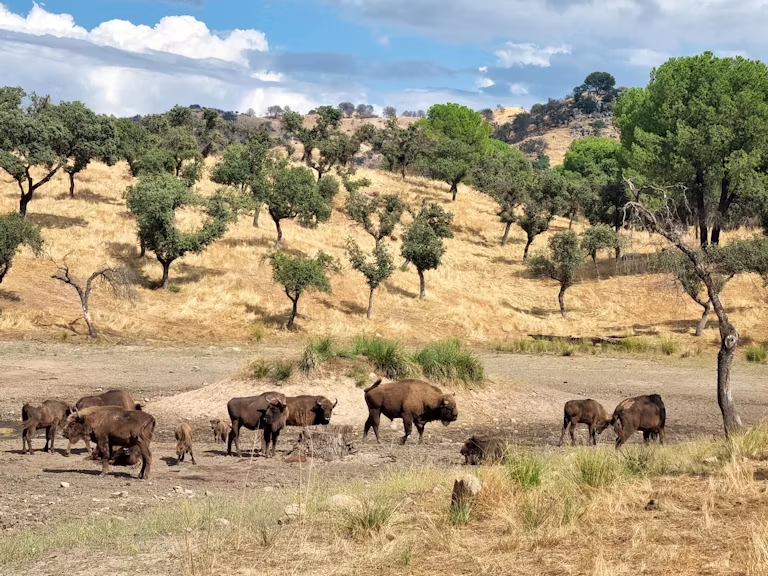Reduce flood risk through rewilding, says report.
Our report highlights the key role of rewilding in reducing flood risk across Britain

Published 05/09/2016
Flooding costs the UK economy more than £1 billion annually, a figure which can rise to nearer £5 billion in a bad year. Traditional approaches to flood defence have focused on managing flood risk using hard defences such as flood walls and river revetments.
While mitigating some of the worst consequences of flooding, these solutions do little to challenge underlying causes and when they fail, the consequences can be devastating. A growing body of evidence suggests that managing flood risk naturally, by restoring natural processes, can be cheaper and more sustainable. Our new report highlights the positive impact which rewilding the UK’s landscapes can have upon flood risk. It comes as MPs on the Environmental Audit Committee consult on better ways to manage the UK’s environment post-EU referendum, with many calling for an approach which places nature centre stage.
Alongside being cost effective, rewilding has the additional benefit of creating vibrant natural landscapes which stimulate tourism and ecological awareness, while also soaking up greater quantities of CO2, helping bring the economy towards carbon neutrality.
Helen Meech, director at Rewilding Britain, said: “With one in six properties in the UK currently at risk of flooding, a situation likely to be exacerbated by climate change over coming decades, it is time to rethink our approach to managing flood risk.
“Flooding is a natural part of a river’s annual cycle but problems occur when land is overgrazed, rivers are straightened and trees and wildlife removed. Such measures reduce the capacity of the landscape to absorb excess water and slow floodwater flows. Our report highlights the ways in which rewilding can substantially reduce flood risk downstream, protecting communities at a fraction of the cost of traditional flood defences. Rewilding also has benefit of improving water quality and stimulating the revival of vibrant ecosystems rich in wildlife.
“With MPs currently consulting on new approaches to management of Britain’s natural environment post-Brexit, we feel it is high-time we allowed landscapes the space they need to rewild, creating natural wetlands and bringing back the wildlife that was once common to Britain.”
Examples of rewilding projects which have already significantly reduced flood risk in communities across the UK include:
- Moorland restoration at the Holnicote Estate in West Somerset , including the recreation of flood meadows and making woody dams to mimic beaver activity. During winter 2013’s unprecedented rainfall, there was no flooding in villages that regularly suffered in the past. There was also a 10% reduction in flood peak in late December 2013 on an already saturated catchment containing over 90 properties at risk.
- Uplands Projects . At the headwaters of the River Derwent, on the highest plateau in the Peak District National Park, peat bogs were re-planted with moorland grasses, heathers and other plants. Average peak flows reduced by 30% and average run-off slowed by around 20 minutes.
- Beavers and other wildlife . A beaver reintroduction trial in Devon has seen beavers dramatically alter the landscape, stimulating the revival of a natural wet woodland – home to a diverse range of wildlife. They have significantly increased water storage while slowing the flow of water downstream – valuable services both at times of drought and after storms. During storm events, there was on average 30% lower peak volume of water leaving the site, compared with entering, reducing flood risk downstream.
- Sussex Flow Initiative: replicating nature by placing ‘leaky dams’ composed of tree branches and trunks upriver along the River Ouse. Alongside this, floodplain woodlands have been created with the planting of 23,000 trees and 3.5 kilometres of hedgerow. This increases the landscape’s natural ability to absorb excess water and reduce flood. Floodplain meadows have become one of Sussex’s most threatened habitats, but left alone can support diverse and dynamic ecosystems and store carbon. Such measures are also substantially cheaper than traditional flood defence schemes.

How rewilding reduces flood risk
Download pdf
Explore our Rewilding Manifesto
We need UK Government to Think Big and Act Wild for nature, people and planet.
Learn more
Our vision
We have big ambitions. Find out what we’ve set out to achieve through rewilding.
Our 2025-2030 strategy



